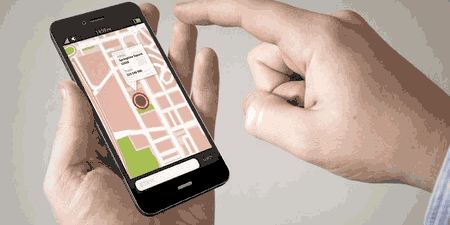


Mobile phones, mobile Apps, WiFi and social media definitely dominate how our world works today, and all of these tools have one thing in common...location.
In 2009, location-based tools like Foursquare were simply known as "cool things". Check-ins became a big hit with mobile users the moment they were introduced. Shortly thereafter, social networking sites like Facebook launched “Places”, Google launched “Latitude” and so on.
One of the things people loved most about these tools, were their ability to connect users with each other, instantly, in real time. Fast forward to today. Our love affair with sharing and connecting is more popular than ever. Apps that leverage GPS technology have become a staple in our everyday lives and people are willing to share more data than ever. This data has become a goldmine to many marketers.
Leveraging Location Based Data
Proximity marketing brings about the convergence of online marketing and the physical shopping experience. With proximity marketing, businesses are able to:
Proximity marketing works in two different ways
Don't Abuse the Technology
The purpose of proximity marketing is to provide value to both the consumer and the business. Michael Becker, MMA's managing director for North America, says it's a good idea to provide compelling content as well as offers. As Becker points out, "If the call to action is always ‘buy, buy, buy,' that sounds like a 5-year-old saying, ‘Mom, Mom, Mom' all the time."
Getting Started with Proximity Marketing
If you want to maximize your proximity marketing results, don’t just pick an app and go. Define your goals and expectations. Are you trying to build loyalty or acquire new customers? Perhaps both. Proximity marketing can be an integral part of any comprehensive mobile strategy, but it’s also a complex and specialized process.
New to the realm of proximity marketing? Lets start the conversation about your proximity marketing strategy today.
